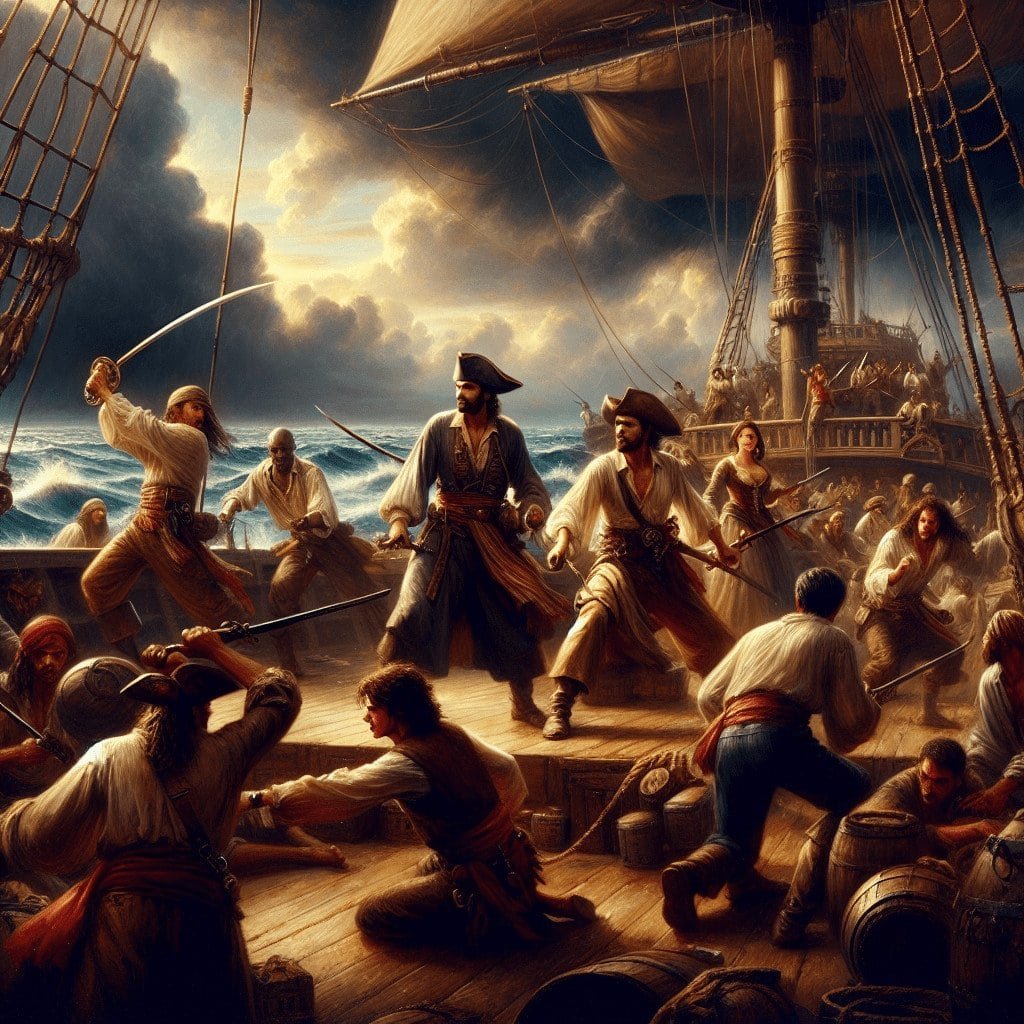What Ended the Great Pirate Era?
The age of piracy, often romanticized in literature and film, was a period marked by the lawless pursuit of wealth and power on the high seas. Spanning from the late 1600s to the early 1700s, this era saw notorious pirates like Blackbeard and Calico Jack wield significant influence. However, by the mid-18th century, the golden age of piracy drew to a close. Several key factors contributed to the decline of this tumultuous period.
Governmental Crackdowns
One of the primary reasons for the decline of piracy was increased governmental intervention. As maritime trade grew, powerful nations like England, Spain, and France realized the need to protect their merchant fleets. This led to several strategic and forceful actions:
- Increased Naval Presence: Countries beefed up their naval patrols in piracy hotspots, making it riskier and less profitable for pirates to operate.
- Piracy Laws: Governments enacted stricter laws against piracy, including the death penalty for captured pirates, which deterred many from continuing their criminal activities.
- Pardons and Amnesty: Offering pardons to pirates who surrendered voluntarily helped reduce the number of active pirates and encouraged them to reintegrate into society.
Economic and Social Changes
Shifts in economic conditions and social structures also played a crucial role in ending the pirate era:
- Decline in Privateering: The end of the War of the Spanish Succession in 1713 left many privateers unemployed. While some turned to piracy,
others sought legitimate work as the demand for maritime trade increased.
- Improved Economic Opportunities: As colonial economies developed, better job opportunities on land reduced the allure of piracy as a means of livelihood.
Technological Advancements
Advancements in naval technology further contributed to the decline of piracy. The introduction of faster and more heavily armed ships meant that merchant vessels could better defend themselves against pirate attacks. Additionally, improved navigational tools helped ships avoid known pirate-infested waters.
Case Study: The Fall of Blackbeard
The demise of Edward Teach, better known as Blackbeard, is a telling example of the concerted efforts to end piracy. In 1718, Lieutenant Robert Maynard was dispatched by the Governor of Virginia with explicit orders to capture or kill the notorious pirate. The resulting battle led to Blackbeard’s death, signaling a significant blow to pirate morale and effectiveness.
Conclusion
The great pirate era came to an end due to a combination of governmental actions, economic and social changes, and technological advancements. The concerted efforts of international governments to increase naval power and enforce strict anti-piracy laws played a pivotal role. Economic shifts provided alternative livelihoods, reducing the pirate ranks, while technological improvements in maritime navigation and shipbuilding made piracy less feasible. The decline of this era marked the end of widespread lawlessness on the seas and the beginning of a more regulated maritime environment.
Understanding these factors offers valuable insights into how a seemingly uncontrollable social issue can be addressed through a multifaceted approach involving policy, economic opportunity, and technological innovation.
